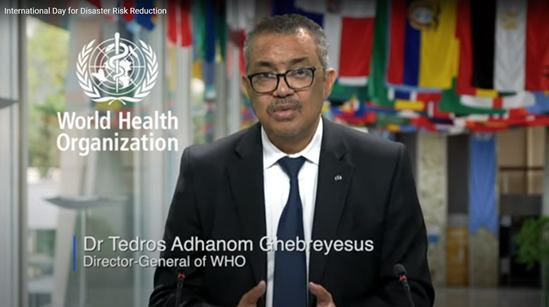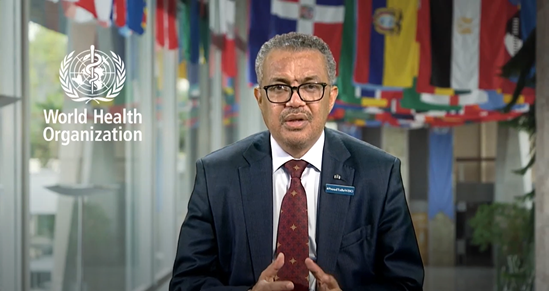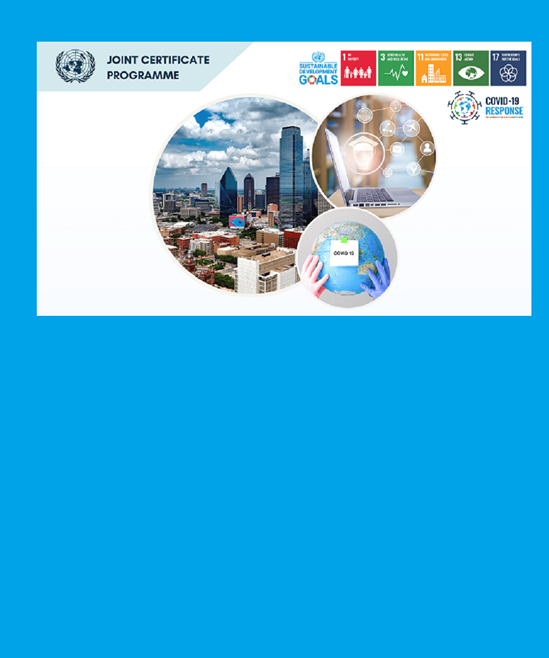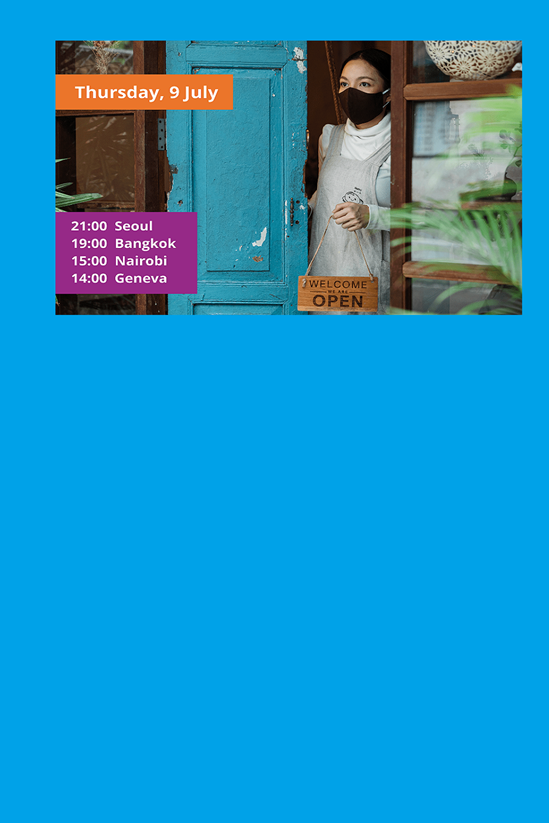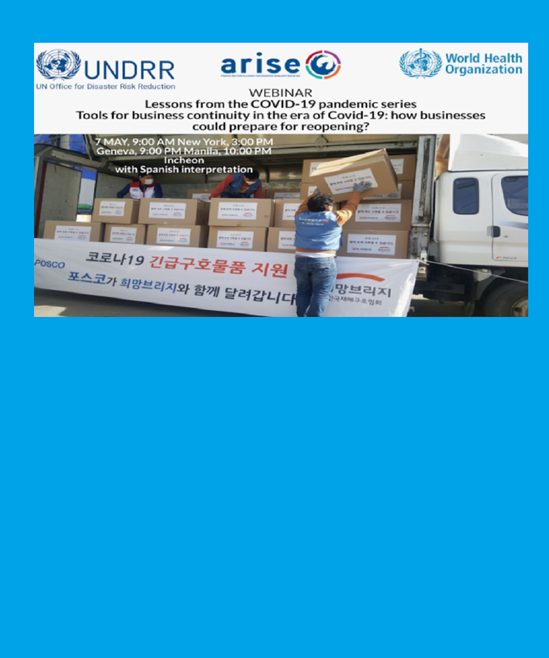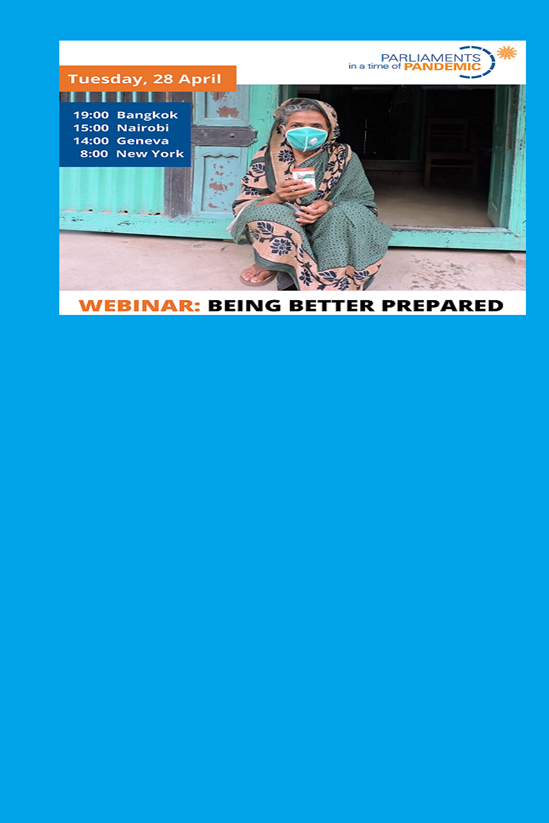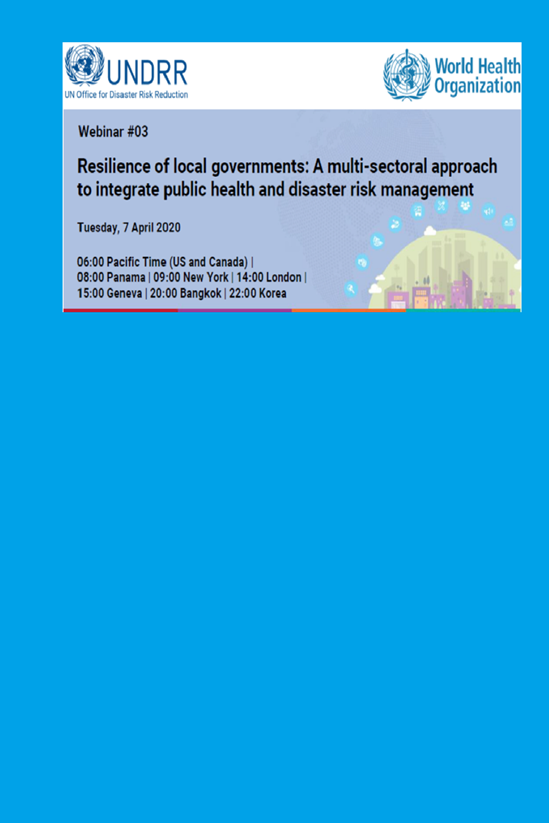Implementing health emergency and disaster risk management
Health systems at all levels have a central role in managing the risks and reducing the consequences of emergencies and disasters from all-hazard. The health sector is leaders in managing infectious risks and responding to outbreaks. However, it also has a critical role in preventing and minimizing the health consequences of emergencies due to natural, technological and societal hazards.
While many countries have strengthened capacities to reduce the health risks of emergencies through the International Health Regulations (IHR 2005) and health system strengthening, many communities remain highly vulnerable.
WHO developed the “Health emergency and disaster risk management framework” (Health EDRM) to provide ministries of health and other stakeholders with an overview of:
- policies, strategies and legislation
- planning and coordination
- human and financial resources
- information and knowledge management
- risk communications
- health infrastructure and logistics
- community capacities for Health EDRM
- monitoring and evaluation.
Sound risk management is essential to safeguard development and implementation of the Sustainable Development Goals (SDGs), including the pathway to universal health coverage (UHC), the Sendai Framework for Disaster Risk Reduction 2015–2030, International Health Regulations (2005), Paris Agreement on Climate Change and other related global, regional and national frameworks.


